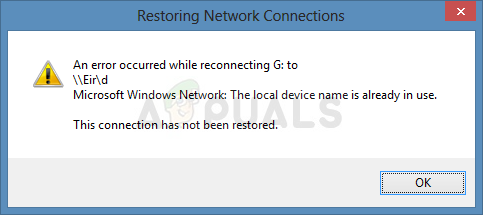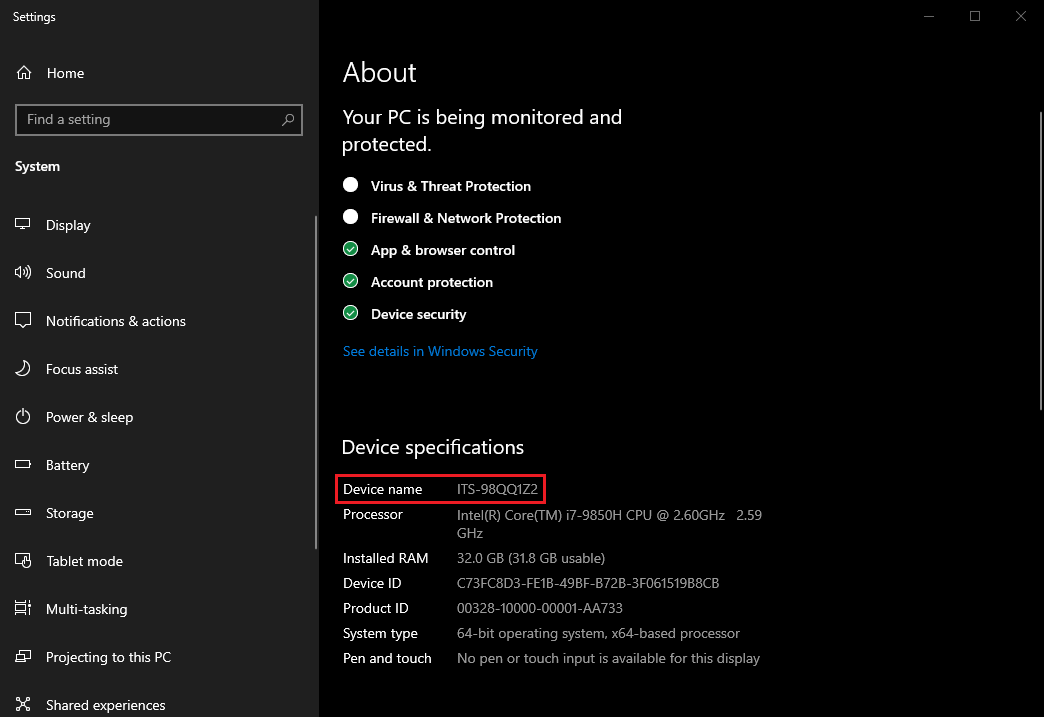

You can now use a homegroup to easily share files and printers between PCs at home. Workgroups were previously used for home file and printer sharing on previous versions of Windows. A workgroup doesn’t require a password, either. Unlike on a domain, no computer on a workgroup has control over any other computer - they’re all joined together as equals. A workgroup is a group of computers on the same local network.

If you see “Workgroup”: followed by the name of a workgroup, your computer is joined to a workgroup instead of a domain.Įvery Windows computer not joined to a domain is part of a workgroup. If you see “Domain”: followed by the name of a domain, your computer is joined to a domain. Look under “Computer name, domain and workgroup settings” here. Open the Control Panel, click the System and Security category, and click System. You can quickly check whether your computer is part of a domain or not.

If you have a laptop provided to you by your work or school, it may also be part of a domain. If you use a computer at work or school, there’s a good chance your computer is part of a domain. You could set up a a domain controller at home, but there’s no reason to do this unless you really want the experience. If you have a home computer, it’s almost certainly not part of a domain. Devices running Windows RT also can’t join domains. They have control over the PC, not whoever is using it.īecause domains aren’t intended for home users, only a computer running a Professional or Enterprise version of Windows can be joined to a domain. In other words, when a computer is part of a domain, the organization providing that computer is managing and configuring it remotely. RELATED: Do You Need the Professional Edition of Windows 8?

You probably won’t be allowed to change many system settings on a computer joined to a domain. All the settings are controlled from a single place. Each computer on the domain will get these settings from the domain controller and they’ll override any local settings users specify on their PCs. Network administrators can change group policy settings on the domain controller. This means you can log in with the same username and password on any computer joined to the domain. When you log into a computer on that domain, the computer authenticates your user account name and password with the domain controller. User accounts and passwords are managed on the domain controller. When a computer is joined to a domain, it doesn’t use its own local user accounts.


 0 kommentar(er)
0 kommentar(er)
